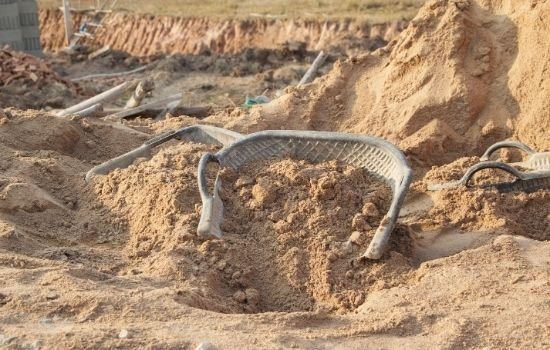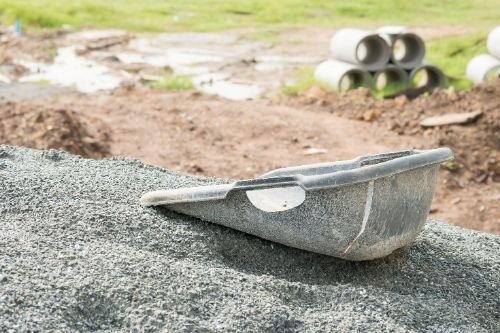
1. O que é espessante de éter de celulose?
Éter de celulose, especialmente HPMC, Espessante HECO éter de celulose é um componente essencial da argamassa comercial. Para o éter de celulose, sua viscosidade é um indicador essencial ao qual os fabricantes de argamassa prestam atenção, e a alta viscosidade quase se tornou a principal demanda do setor de argamassa. Devido à sua tecnologia, processo e equipamento, é difícil garantir a alta viscosidade dos produtos de éter de celulose por muito tempo.
Portanto, o uso do "espessante" se tornou o principal caminho técnico para muitos fabricantes de éter de celulose para fabricar produtos de alta viscosidade. Os produtos à base de éter de celulose têm efeitos diferentes sobre as propriedades dos materiais à base de cimento, incluindo retenção de água, espessamento, entretenimento de ar e retardamento, em comparação com os produtos em processos normais.
 O "espessante", também conhecido como "viscosificador", é um agente reticulante. Em princípio, a estrutura molecular linear do éter de celulose é reticulada em uma rede, o que melhora o impedimento estérico na solução aquosa de éter de celulose. Como resultado, a solução aquosa de éter de celulose apresenta alta viscosidade quando testadomas é uma pseudoviscosidade.
O "espessante", também conhecido como "viscosificador", é um agente reticulante. Em princípio, a estrutura molecular linear do éter de celulose é reticulada em uma rede, o que melhora o impedimento estérico na solução aquosa de éter de celulose. Como resultado, a solução aquosa de éter de celulose apresenta alta viscosidade quando testadomas é uma pseudoviscosidade.
O éter de celulose é usado em produtos de argamassa como agente de retenção de água, espessante e aglutinante. Ele tem uma influência importante sobre o desempenho operacional, a viscosidade úmida, o tempo de operação e os métodos de construção do sistema de argamassa. Essas funções são realizadas principalmente pela formação de ligações de hidrogênio entre as moléculas de éter de celulose e as moléculas de água e pelo emaranhamento das moléculas de éter de celulose.
No entanto, a adição do agente de aumento de viscosidade absorve parte das ligações de hidrogênio na cadeia molecular do éter de celulose. Isso enfraquece o efeito de emaranhamento da molécula de éter de celulose, o que prejudica a retenção de água e a capacidade de umedecimento do éter de celulose.
A maioria dos fabricantes de argamassa não sente isso, por um lado, porque os produtos de argamassa ainda são relativamente ásperos e ainda não atingiram o estágio de prestar muita atenção ao desempenho da operação; por outro lado, a viscosidade que selecionamos é muito maior do que a viscosidade tecnicamente exigida. Essa parte também compensa a perda da capacidade de retenção de água, mas há danos óbvios ao desempenho de umedecimento.
2. A influência do "espessante" no desempenho do éter de celulose em argamassas
Os éteres de celulose que contêm espessantes no processo de produção afetam o resultado final. desempenho da argamassa. O teste MIKEM mostra a diferença na resistência adesiva à tração entre os produtos de celulose em condições normais de processo e os produtos de éter de celulose adicionados com espessantes no processo de produção usados em adesivos para azulejos após a cura em diferentes condições.

- Sob condições de cura padrão, a adição de espessantes e éteres de celulose sem espessantes no processo de produção tem um efeito específico na resistência adesiva à tração do adesivo para azulejos, e os produtos com espessante adicionado no processo de produção têm resistência adesiva à tração relativamente alta.
- Em termos de resistência à água, é usado éter de celulose com um espessante adicionado no processo de produção. A resistência adesiva à tração do adesivo para azulejos é pior do que a dos produtos sem espessante no processo de produção padrão. Os éteres de celulose que contêm espessantes afetam a resistência à água dos adesivos para azulejos.
- Em termos de secagem, há éteres de celulose com espessante adicionado no processo de produção. Quando usados em adesivo para azulejosSe o produto não tiver espessantes, a resistência adesiva à tração é significativamente pior do que a dos produtos sem espessantes no processo de produção normal, e o tempo de secagem é reduzido.
- Em termos de tempo de endurecimento, o uso de cola para azulejos de éter de celulose sem espessante no processo de produção padrão tem uma velocidade de cura mais rápida.
3. Em resumo
A presença do espessante e seu efeito de ligação cruzada fazem com que a solução aquosa de éter de celulose tenha um impedimento estérico maior, manifestado como uma viscosidade maior no teste. Entretanto, a presença de espessantes afeta muitas aplicações importantes propriedades dos éteres de celulosecomo resistência à água, tempo de secagem e propriedades de umectação.
 De fato, a viscosidade é apenas um dos indicadores de desempenho do éter de celulose. A viscosidade não é o indicador mais importante para o desempenho geral dos éteres de celulose. Em vez disso, o tipo e o conteúdo dos grupos são os pontos principais aos quais os fabricantes de argamassa devem prestar mais atenção. Isso também se deve ao fato de os fabricantes de argamassa darem muita atenção à viscosidade, o que fez com que alguns fabricantes de éter de celulose aumentassem a viscosidade adicionando materiais para atender às exigências dos fabricantes de argamassa. O éter de celulose não só tem um efeito espessante na argamassa, mas também é um bom espessante de detergente.
De fato, a viscosidade é apenas um dos indicadores de desempenho do éter de celulose. A viscosidade não é o indicador mais importante para o desempenho geral dos éteres de celulose. Em vez disso, o tipo e o conteúdo dos grupos são os pontos principais aos quais os fabricantes de argamassa devem prestar mais atenção. Isso também se deve ao fato de os fabricantes de argamassa darem muita atenção à viscosidade, o que fez com que alguns fabricantes de éter de celulose aumentassem a viscosidade adicionando materiais para atender às exigências dos fabricantes de argamassa. O éter de celulose não só tem um efeito espessante na argamassa, mas também é um bom espessante de detergente.
No entanto, esse tipo de produto tem apenas uma alta viscosidade aparente, e seu desempenho geral merece a atenção dos usuários. Além disso, a alta viscosidade formada pelo espessamento não consegue atingir a teoria de "alta viscosidade e baixo teor" que os fabricantes de argamassa esperam, mas que não existe.
Os fabricantes de argamassa que buscam alta qualidade e qualidade estável precisam entender algumas informações por trás da escolha de uma matéria-prima essencial para a argamassa.éter de celuloseque ajudará os fabricantes de éter de celulose a desenvolver produtos de alto desempenho e garantir a estabilidade da qualidade do produto.


Deixe uma resposta